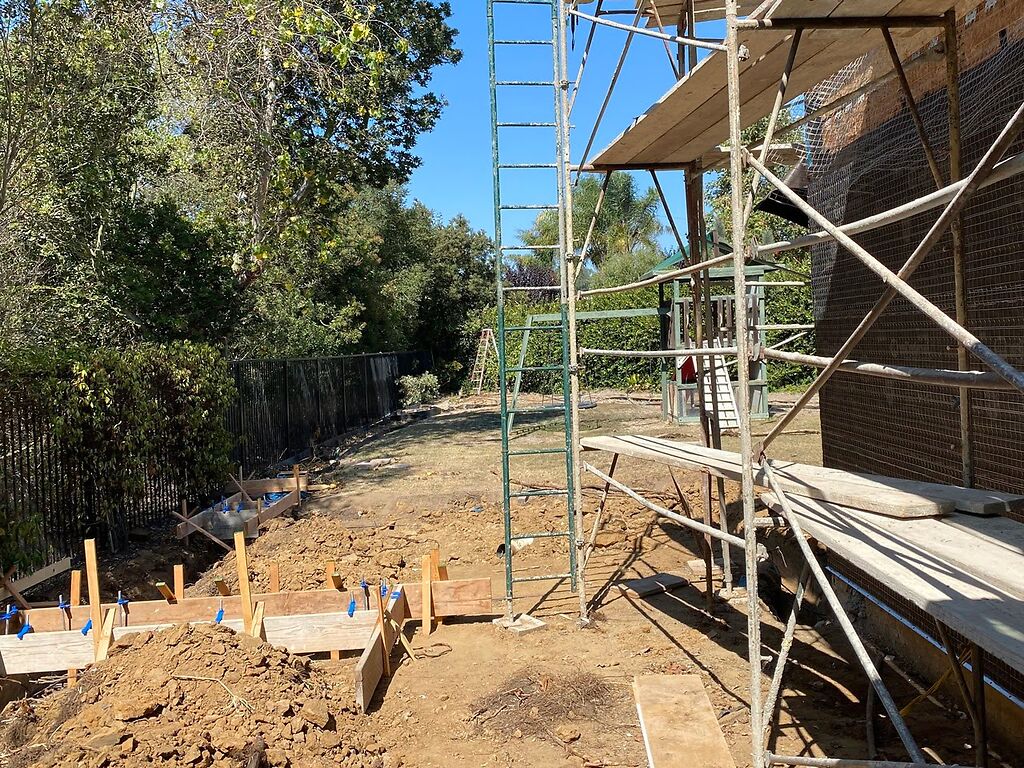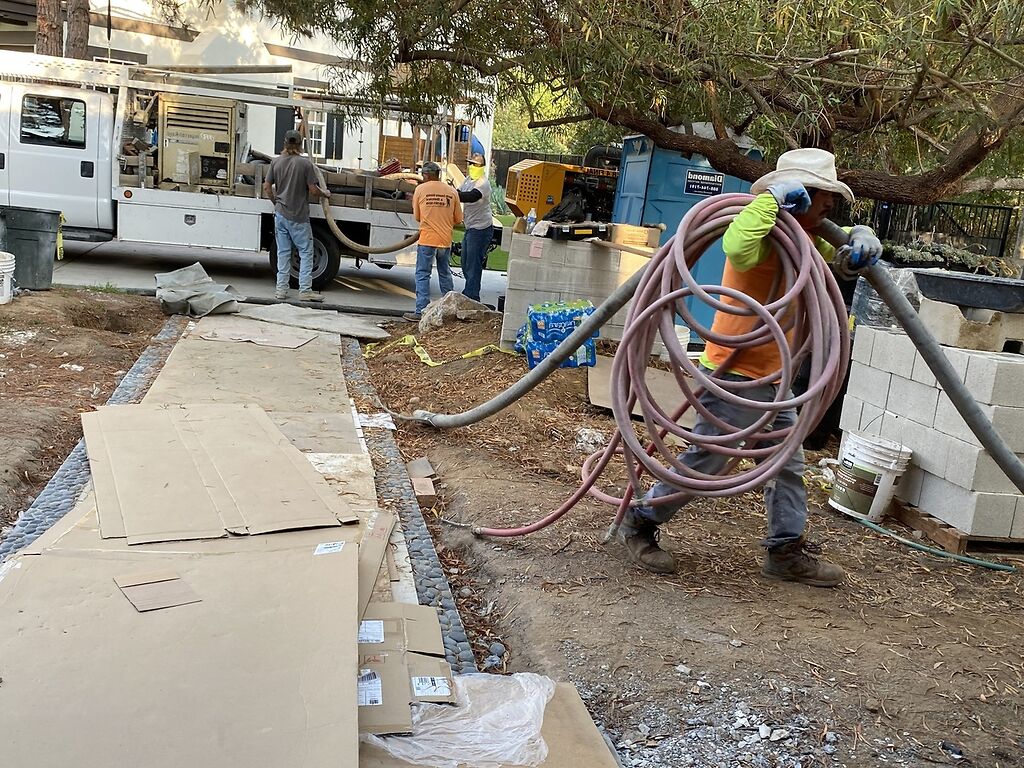In order to build, sometimes you must deconstruct first — and that’s where demolition will come into play in your home remodeling project. There are a number of different ‘types’ of demolition, each with their own pros and cons. Read on to learn which type will better suit your demolition and home remodel job.
Interior Demolition
If your home remodel includes knocking down a wall between two rooms to make one larger room, interior demolition is the type of demolition you’ll be using. Rather than knocking the entire building down and starting again (total demolition), you will be carefully knocking down one or two parts within the building while trying to keep the remaining part of the structure(s) intact.
Deconstruction or Dismantling
If you wanted to rebuild all or part of the building in a new way, still using the older materials from the existing building, deconstruction or dismantling is likely to be the type of demolition you will use. In this case, the building (or parts of it) is carefully taken down, piece by piece, rather than demolished. The idea is that you are trying to preserve the existing materials, such as wood or features, so that you can use it in the new build.
Because of the way in which this is done, and also the time it takes to carefully and painstakingly deconstruct the building, deconstruction or dismantling of a building is often more expensive and requires a specialist labor/task force.

Selective Demolition
If you’re happy with your building overall, you may choose selective demolition to remove only small, select parts of it. This can include outbuildings, extensions, conservatories, and more.
Selective demolition is often the only option for people looking to remodel or modernize older, listed and protected buildings.
Total Demolition
If the only way to get your dream home is to demolish the existing one and start again from scratch, total demolition might be the type that works best for you. With this type, you demolish or deconstruct the entire building, without too much care for using any of the existing materials, with the intention of building a brand new building, from start to finish, on the space.
Total demolition can be done in a number of ways, including one type mentioned below: implosive/explosive demolition. Aside from this, total (and partial) demolition can be completed using a crane and wrecking ball (rare and outdated), or using hydraulic machinery in a mechanical demolition. This type enables more precise demolition work.
Implosive/Explosive Demolition
If you’ve ever seen a video on Facebook (or other social media channels) showing a large chimney or other structure being demolished, you’ve likely seen an explosive demolition. In this type, explosives are strategically placed around the building so that the structures themselves are destroyed and the entire thing collapses in on itself.
It is considered a safe and controlled way of getting rid of large structures when performed by licensed professionals. It is important to understand the building and its foundations before attempting to use any amount of explosives in a bid to collapse or demolish it. Compared to other types of demolition, explosive or implosive demolitions actually only make up a small fraction of them.

Important Demolition Tips
If you are not the property owner, do not attempt to knock anything down — whether that’s a wall, an outbuilding, a window, or anything else. You must have permission from the property owner before taking part in any kind of demolition project.
If you are the property owner, make sure that you have collaborated with local authorities to keep your demolition and home remodeling job legal and above board. There are a number of risks to take into account when remodeling your home or property, including asbestos, damage to city water or gas pipes, structural damage to your building or other buildings, effects on wildlife and the local ecosystem, effects on your neighbors and the local community, and more.
It is highly recommended that you seek professional advice before attempting any kind of remodeling work, especially if it involves full or partial demolition or deconstruction. Hazardous materials must be moved from the area in a safe and responsible manner, and a plan must be put together that ensures safe, responsible demolition.